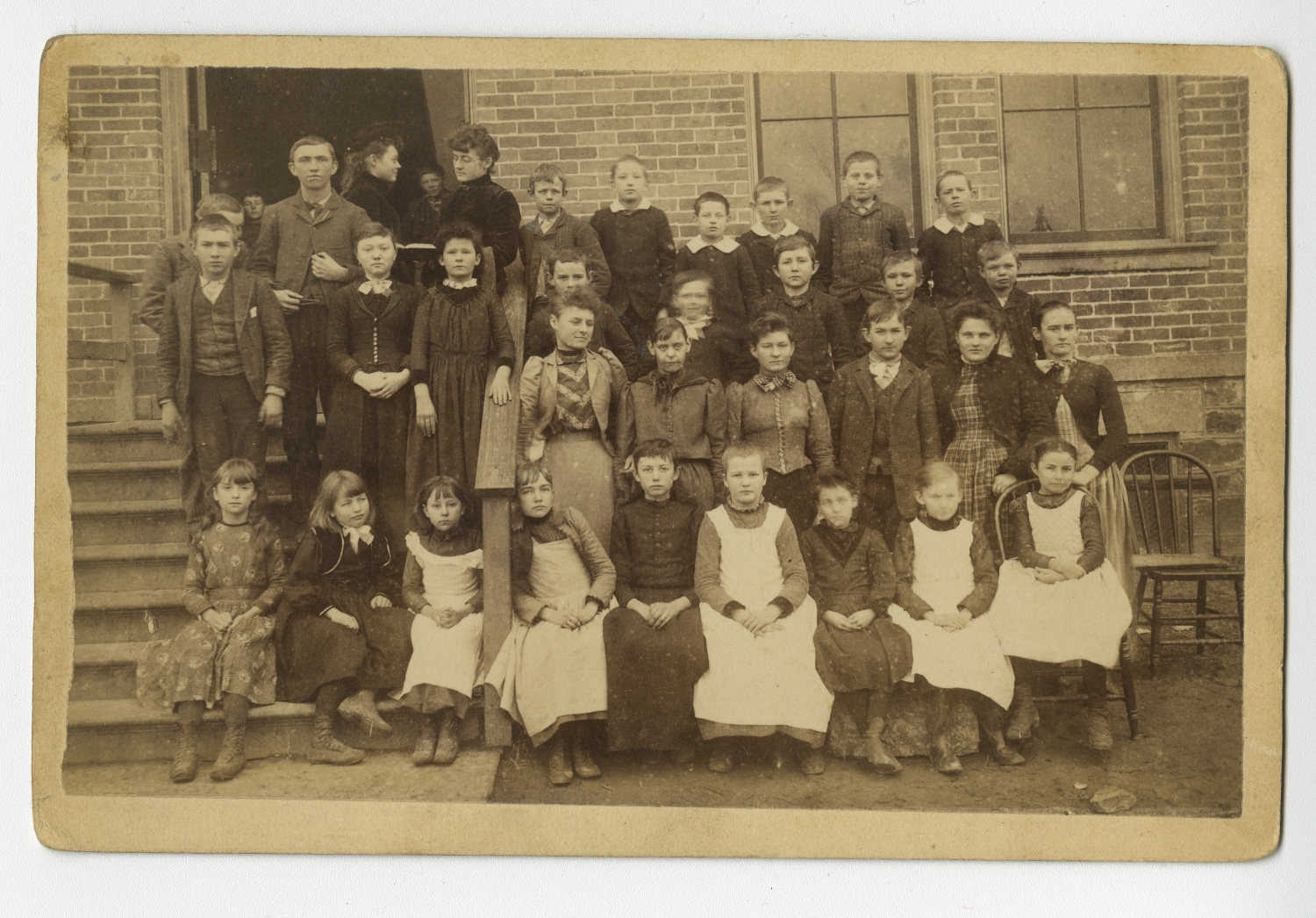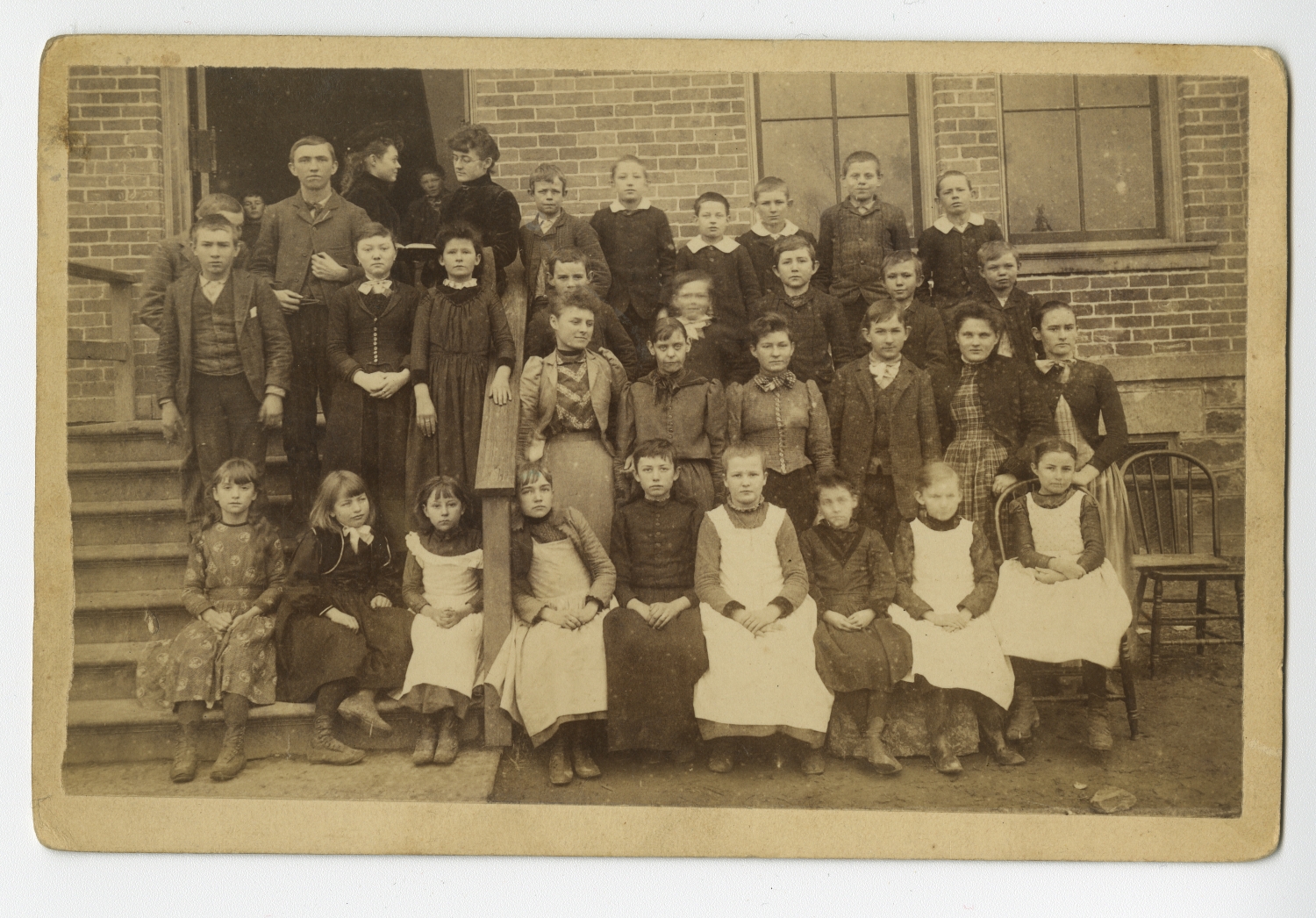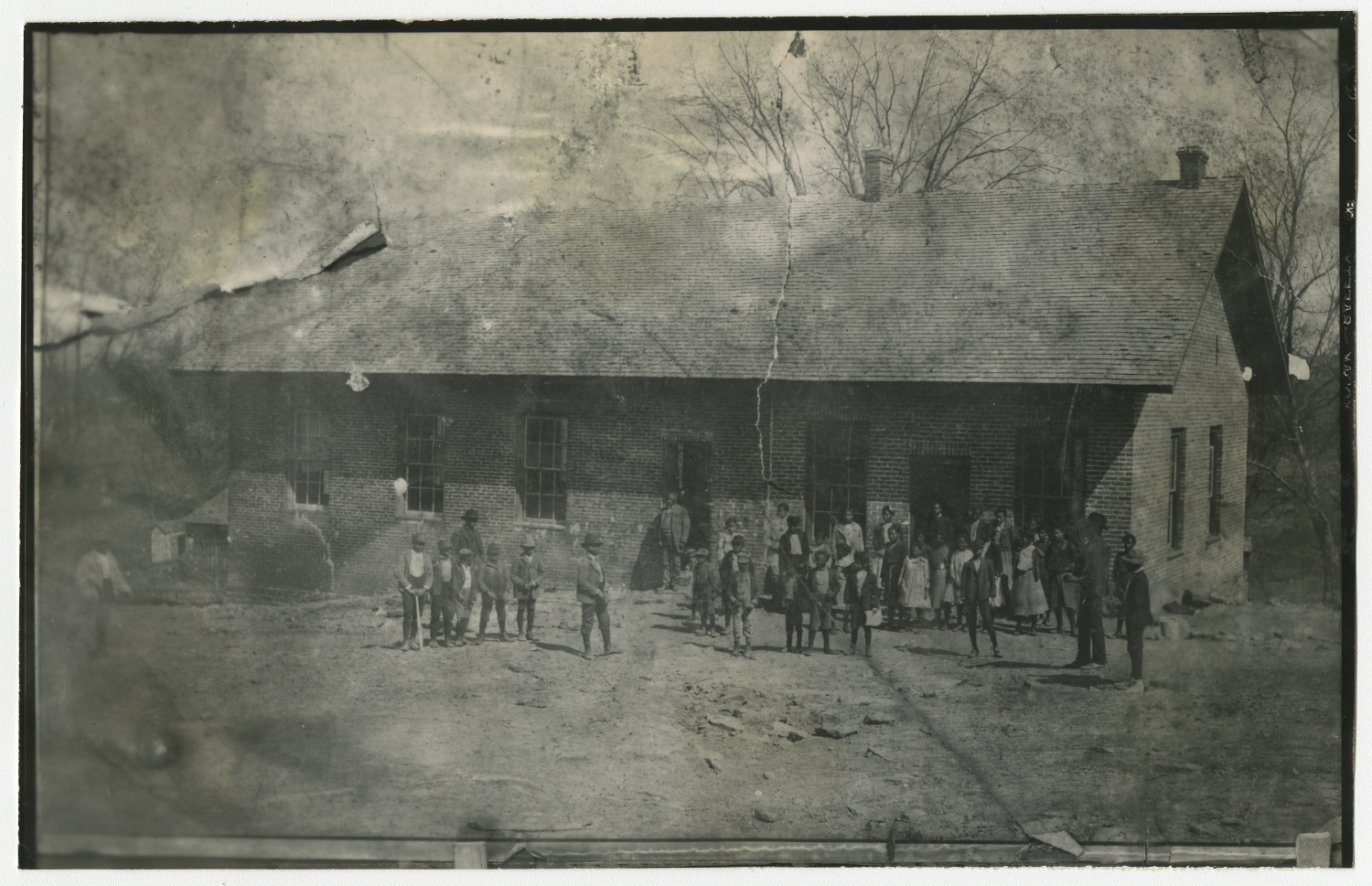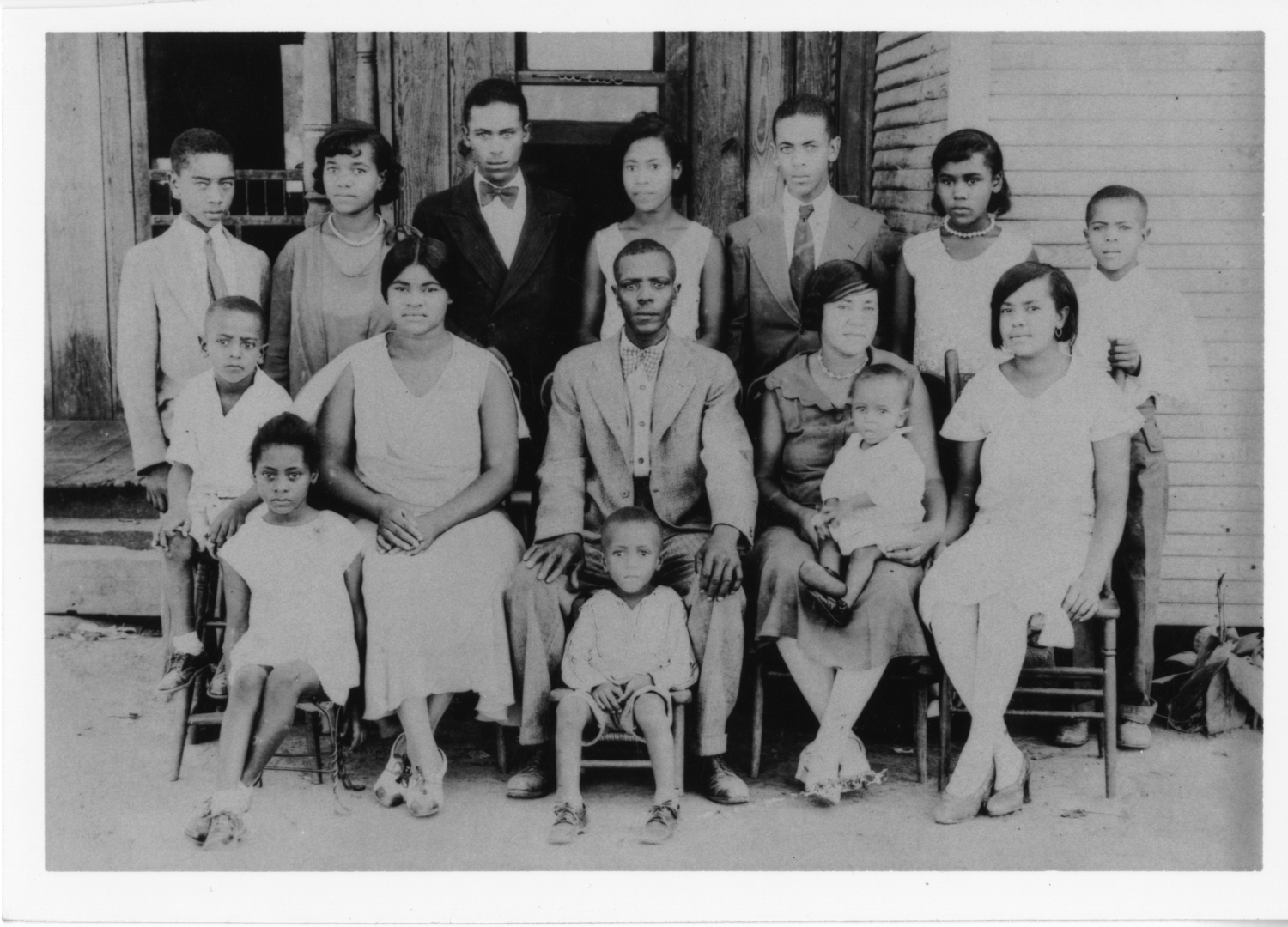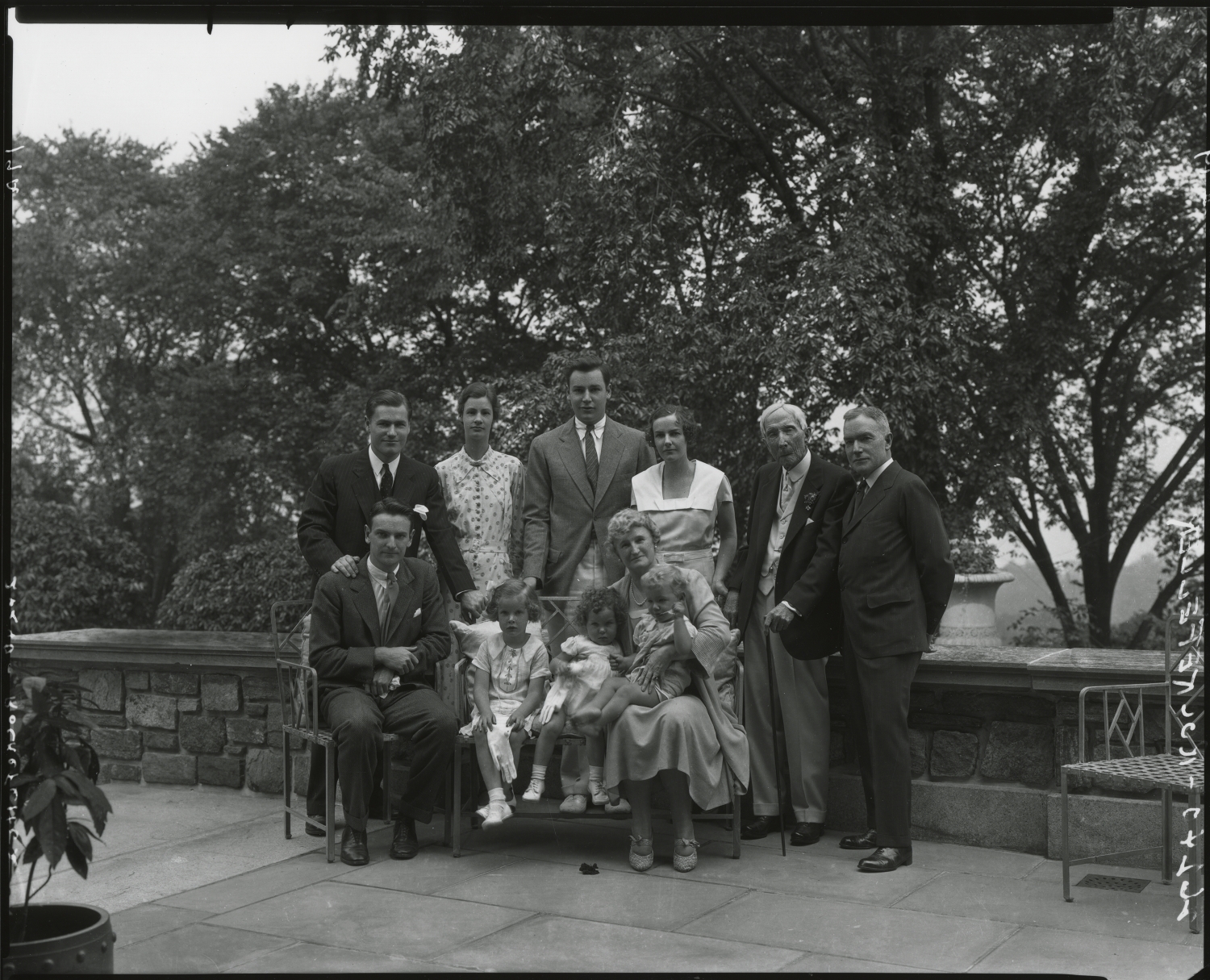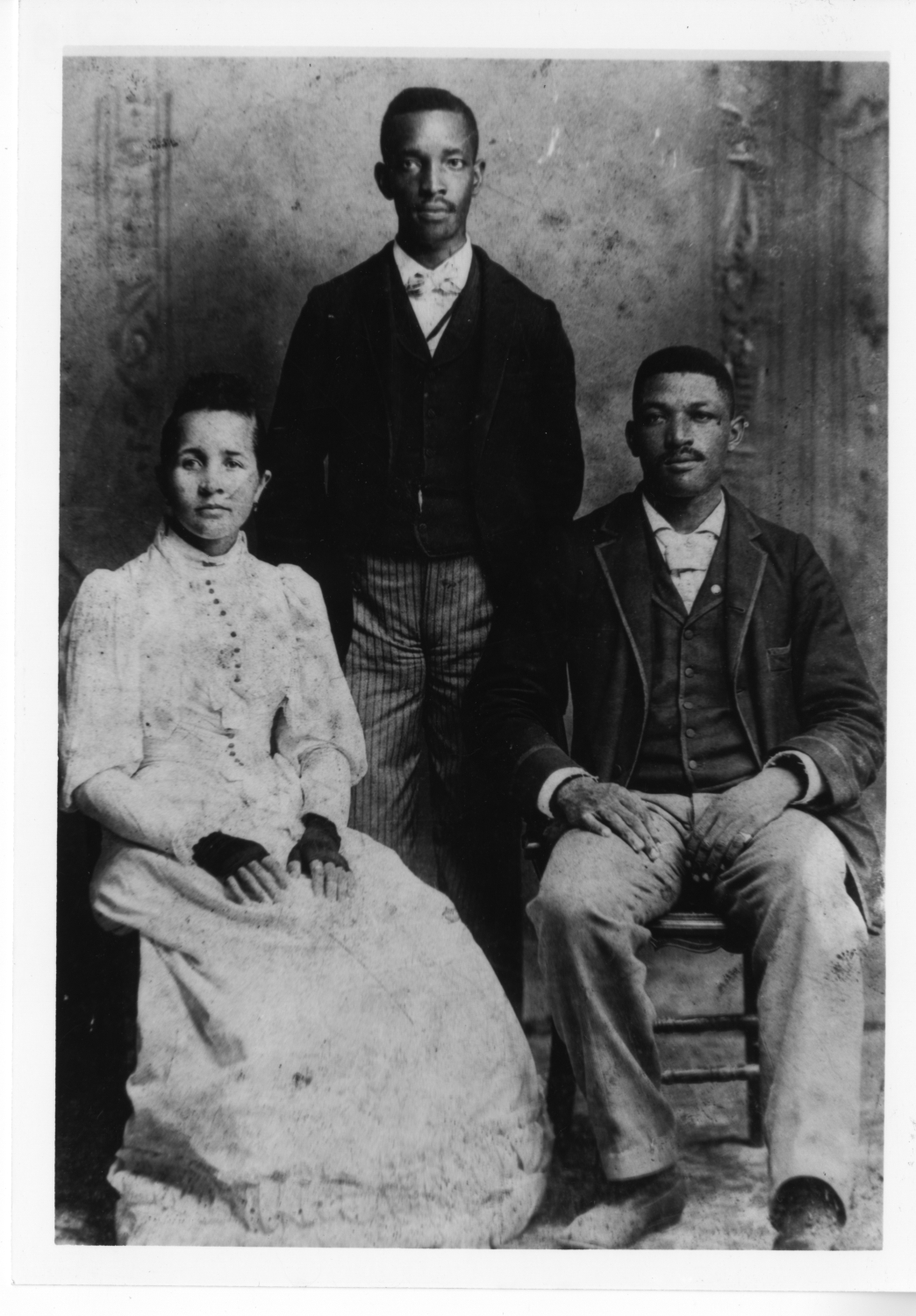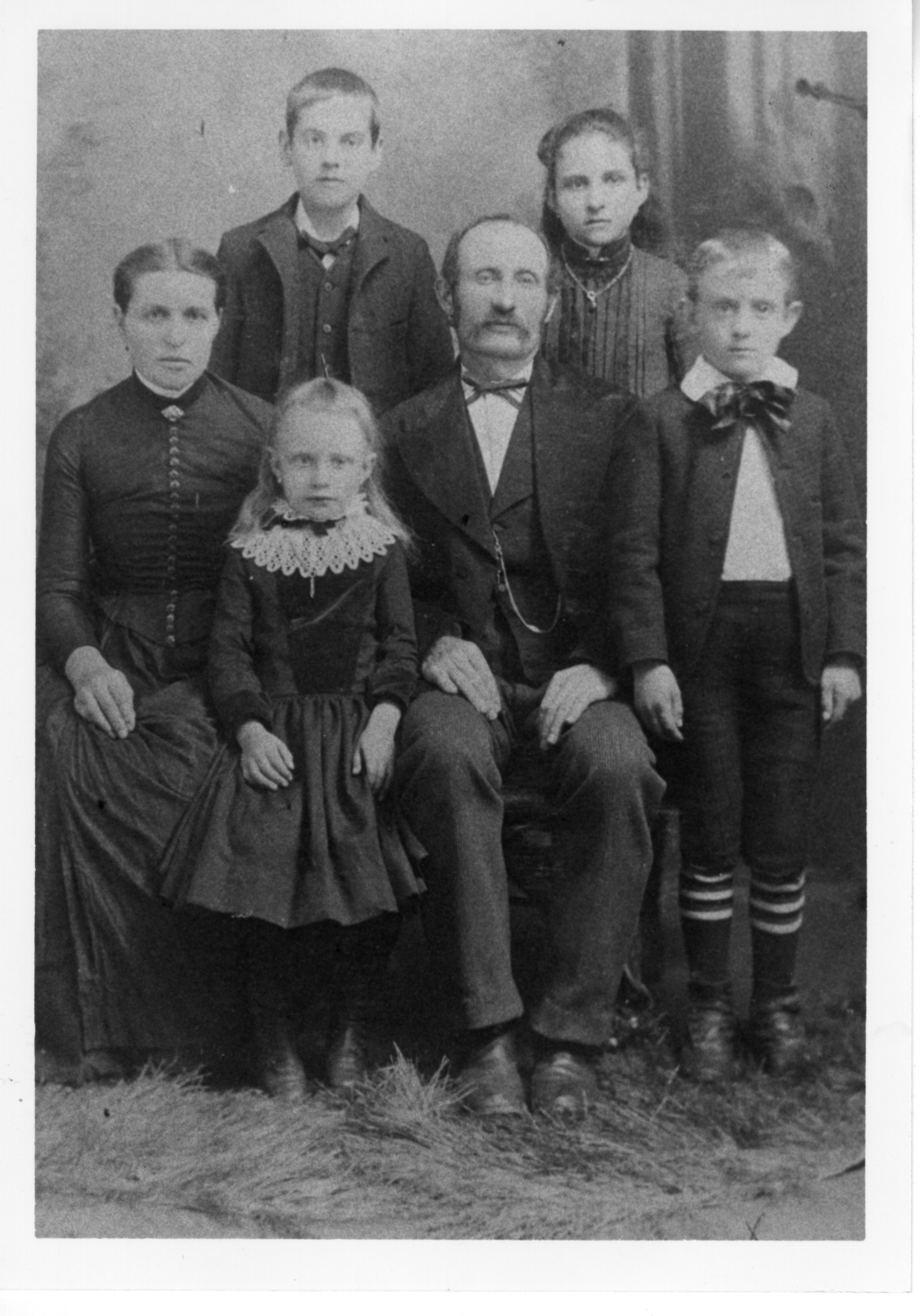Introduction
In this activity, you will look at old photos of different schools and families. These photos will help us learn how schools and families have changed over time. We will also compare schools and families in the past to schools and families today.
Activity Questions
Schools
School children at Belle Point School in Fort Smith
School for African American children
- Look at each pair of photos and compare them. Or…
- Compare any selected photos to each other. Or…
- Compare the school building and students from each photo (or selected photos) to your school building and students in your school.
When you describe the photos, answer the following questions:
- Which photo is older (if you compare two photos)?
- Is the school in the photo big or small?
- Is the school building in the photo like your school or different?
- How many students are in the photo? Are the students in the photo all the students that go to this school?
- How old could the students be?
- What are the students wearing?
- If you compare two photos, are the schools and students in the photos different or similar?
- Do the students in the photo look like students in your school?
Activity Questions
Family
Edward Nichols family, ca. 1930s
Photo 1: The Edward Nichols family pose for a portrait. Individuals include: back row, left to right: Robert, Rubye, Calvin, Carri, Edward, Jr., J. W; front row, left to right: Floyd, Gladys, Lena, Edward, Sr., Lloyd, child on small stool, Lucy, Dal Royce sitting on Lucy's lap, and Cleo, 1930s. African Americans photograph collection, ca. 1890-1954 (UALR.PH.0052)
Group portrait of John D. Rockefeller Sr.'s family
Todd family in Alabama
Kanis family in Big Rock
Photo 7: Ferdinand Kanis and family pose for a portrait. Clockwise starting from his left is Emelia Louise, his wife; Margarethe Wilhelmina Thoma; John Ferdinand; Katherine Margarethe "Minnie," and Edward, ca. 1890. Arkansas German Families photograph collection, ca. 1900-1944 (UALR.PH.0065)
- Look at each pair of photos and compare them. Or…
- Compare any selected photos to each other. Or…
- Compare the family from each photo (or selected photos) to your family and/or a family that you know (your neighbors, your friend’s family, your classmate’s family, etc.).
When you describe the photos, answer the following questions:
- Which photo is older (if you compare two photos)?
- Who is in the photo?
- What is the family in the photo doing?
- What is the family in the photo wearing?
- How are individuals in the photo related to each other?
- Does the family in the photo look like your family or a family that you know?
Primary Sources
To learn more about the primary sources featured in the activities above, click the following links:
- School group probably in Crawford County or Madison County
- School group in Uniontown
- School children at Belle Point School in Fort Smith
- Rubeye Nichols Lambert with Lambert Wing School students in Sheridan
- School for African American children
- First and second grade class portrait in Huntington
- Edward Nichols family, ca. 1930s
- Rockefeller family portrait at Christmas
- Group portrait of John D. Rockefeller Sr.’s family
- Furushiro family at Jerome Relocation Center
- Todd family in Alabama
- Bob Burns and family
- Kanis family in Big Rock
- Season’s Greetings card featuring a family photograph of Jim Guy, Betty, Sarah, and Anna Tucker
Arkansas Social Studies Standards
Social Studies (History)
- Strand: History
- Content Standard 12: Chronology, Change Over Time, and Contextualization – Students will analyze chronology, patterns of continuity and change over time, and contextualization on historical events.
- Kindergarten
- H.12.K.1 Discuss changes over time using chronological terms (e.g., first, next, last, before, after, past, present, now, long ago)
- Grade 1
- H.12.1.1 Explain ways family and school have changed using chronological terms (e.g., yesterday/past, today/present, tomorrow/future)
Key Terms
More Information
N/A
Downloadable Guides and Handouts
We encourage K-12 educators to use History Alive: Virtually! in a way that will best match their classroom needs. The “Exercise” handout includes a complete exercise as featured on this website, the “Primary Sources” handout includes only primary sources used in the exercise, and the “Questions” handout includes analytical questions from the exercise but is editable and can be easily changed to best match students’ needs.
Chronology (Schools and Family) – Exercises

